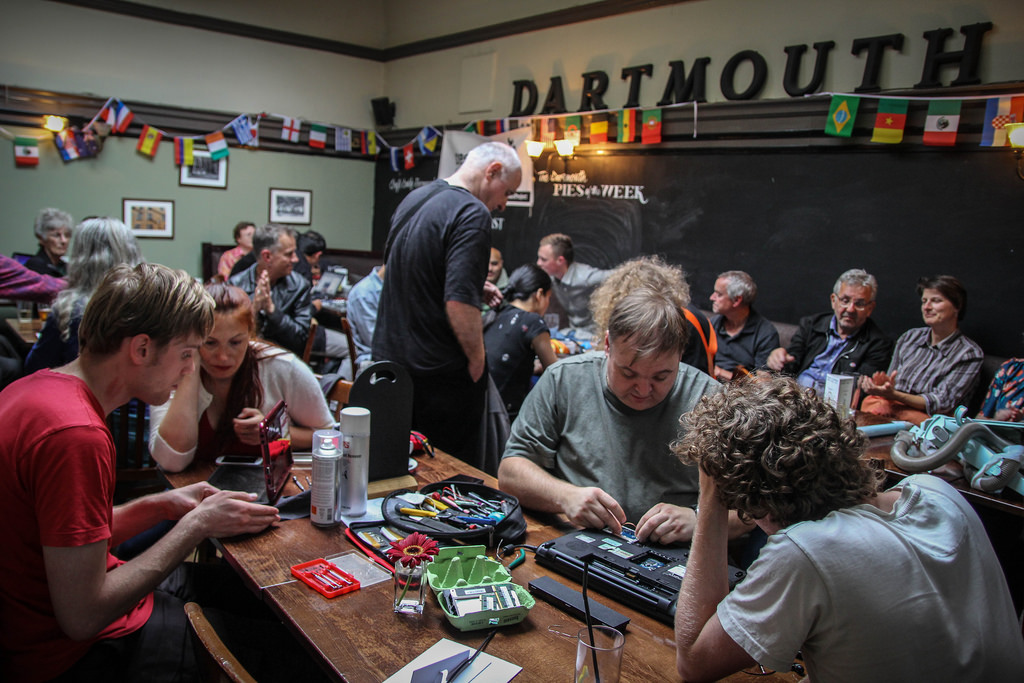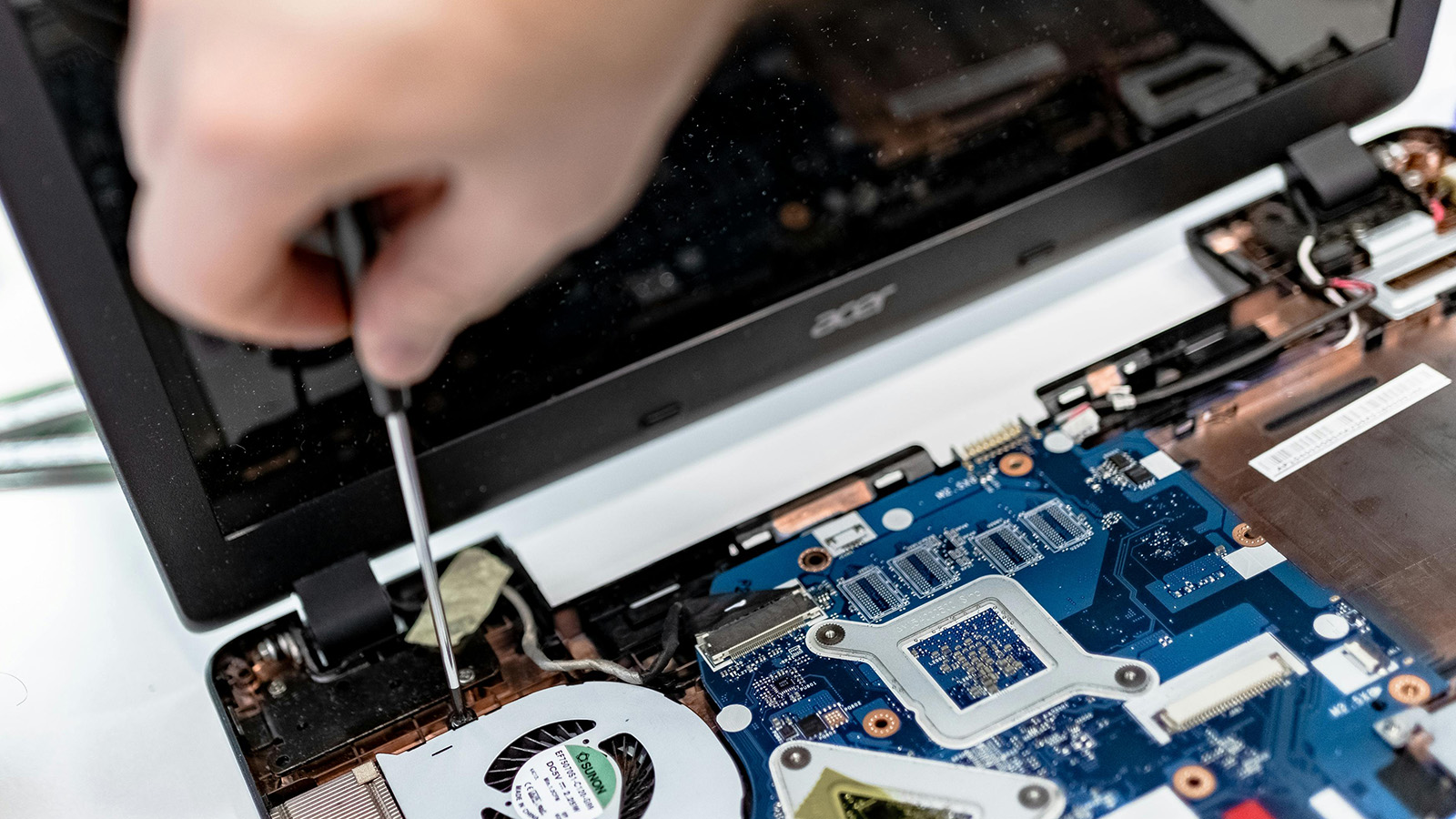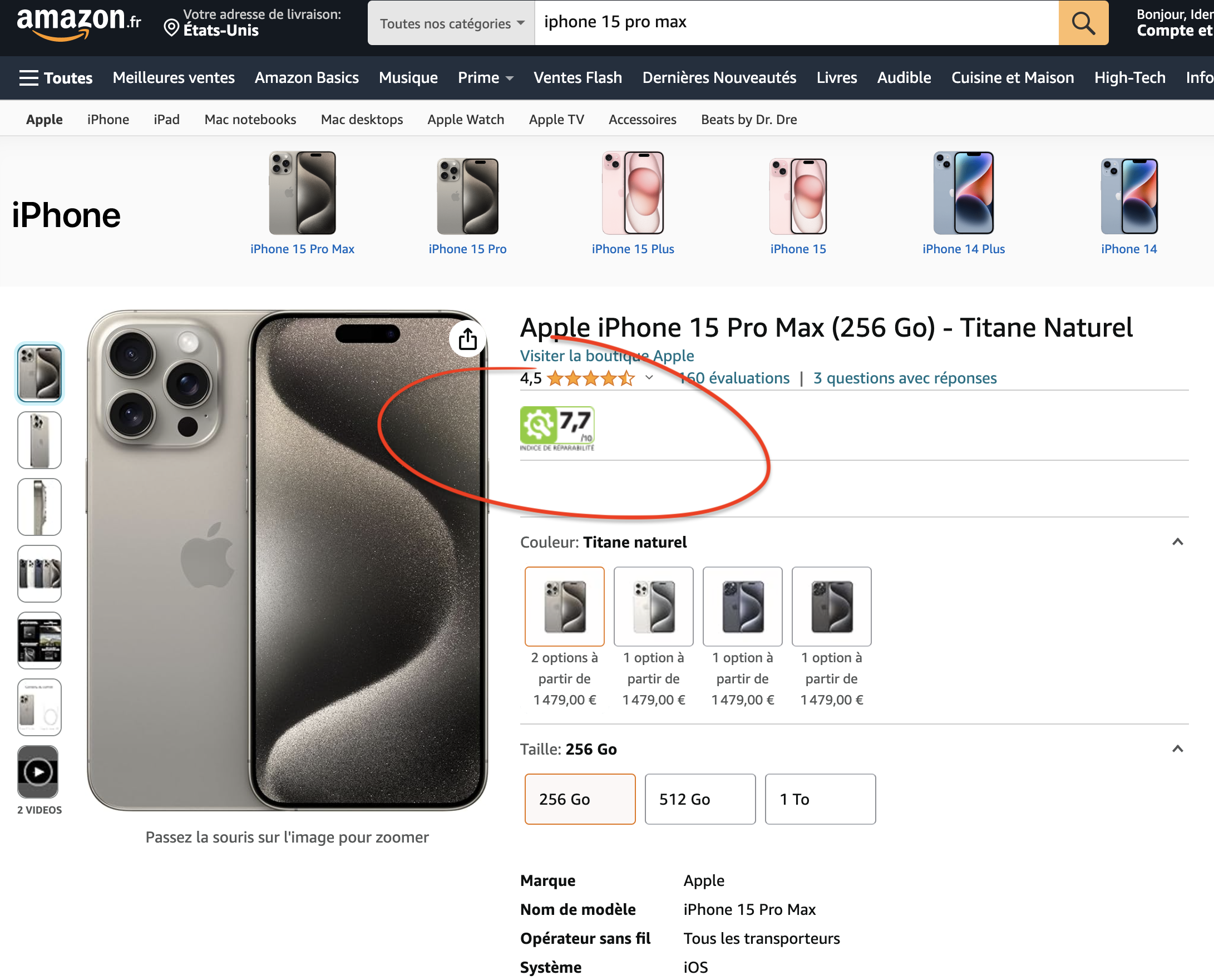
Making our devices more fixable with ecodesign
A conversation with Restart Project Co-Founder Ugo Vallauri about progress around ecodesign in Europe and how that connects to Right to Repair in the United States
U.S. PIRG is working to pass state laws that give ordinary Americans access to the parts, tools and information we need to fix stuff. But many things are designed to be disposable and are too difficult to fix even with the right parts. That’s one reason the European Union has put forth a Ecodesign Directive that outlines guidelines for environmental performance of products. Last July, the Parliament took steps to advance a set of ecodesign principles, as well as establish an E.U.-wide definition of “planned obsolescence.”
The Restart Project is a London-based non-profit that helps people learn how to repair their broken electronics, and rethink how they consume them in the first place. It hosts community fixing events called “Restart Parties,” and supports groups around the world to hold similar events. We asked Restart Project co-founder Ugo Vallauri to update us on how Right to Repair is faring in Europe and about recent progress in the European Parliament around ecodesign.

Camden Restart Party in Dartmouth Park. Photo by Heather Agyepong
How did you get started with repairing electronics and the Restart Project?
We’ve been running Restart Parties in London, UK, since 2012. Back then we had an intuition that often people are not in a position to make the most of all their electrical and electronics gadgets, especially when a software or hardware problem occurs, and that this results in unnecessary waste. When we began, we didn’t know the extent of the need. Within just a few events, there were people queuing to get some help with their devices. Most importantly, we didn’t expect we would have such a great response from repair volunteers. There’s still plenty of people committed to repairing, and happy to share their skills with others who are interested. Now we have groups replicating Restart Parties in more than 10 countries across Europe and North America, and we’re supporting new groups getting started all of the time. Bringing repair back in our communities is just the beginning though. We need commercial repair to flourish again, and manufacturers making products that can be repaired in the first place.
What are some of the most significant barriers that people face when it comes to fixing their electronics?
Key barriers experienced by participants in our events are the availability of spare parts, repair information and ongoing software support. While data from our events shows that over 54 percent of the electronics brought in get repaired during the first visit, we need to reduce barriers to ensure other repairs are successful too. Product design that is making it more complicated and time-consuming to disassemble a product is an important issue (and it also results in higher prices for repairs when done commercially). Not to mention the use of proprietary tools and designs that make it almost impossible to take apart a product without breaking it. The design of these products increases the perception that they’re “black boxes,” not designed to be repaired, or even opened, by most people. That’s why it’s really crucial to run community repair events. Even when a repair is not successful, attendees learn more about why their product failed, what design choices by a manufacturer make a repair less likely to ever happen.
Tell us more about pending reforms within the European Union around ecodesign. What do you expect will happen next?
Later this autumn, there will be an important vote for all European Union member states, about a new ecodesign “package” — a set of regulations which will impact the way a number of products will need to be designed in the future in order to be sold on the European market. This is an unprecedented opportunity, as for the first time, the new regulation could require manufacturers to supply spare parts for dishwashers and washing machines for a minimum of seven years, as well as to provide repair information. While we don’t repair either type of appliance at our events, this is a really important opportunity, as it would be the first time that such requirements enter legislation, and could therefore lead to positive changes in regulation for a lot more products in the future.
We are at an important crossroad, as ecodesign regulation is increasingly becoming focussed on the material efficiency of products, rather than only on the energy efficiency while in use. What this means is that legislators are aware that for many products, the environmental impact during manufacturing is much more substantial than the the energy used in operation. Therefore, extending product lifetimes and making sure that barriers to repair are removed is crucial in order to prevent waste.
Why do you think the EU Parliament is taking on ecodesign and product life spans? What prompted this movement?
European citizens are increasingly frustrated by products failing on them and being hard to repair. Already, four years ago, a poll conducted at EU level by the EU Barometer highlighted that 77 percent would rather repair their goods than buy new ones. For most people, it’s a matter of common sense. It therefore makes perfect sense that the European Union looks at ways to better regulate the market for electronic products, progressively removing products that don’t meet minimum environmental requirements. However, these processes take a long time and are far from linear. While votes by the EU Parliament in favor of repair and ecodesign are important and indicative of a growing political concern around these issues, change in legislation requires multiple levels of approval. For example, each member state, including the UK, will be voting in the autumn on the upcoming ecodesign package, and pressure from groups challenging stricter regulations could still affect the final result.
The issue of “planned obsolescence” has become an issue more and more people are following. How do you hope to see progress on electronic waste and obsolescence?
“Planned obsolescence” is a difficult topic, because on the one hand, it attracts people’s interest, yet at the same time is obviously challenged by manufacturers. This said, whether you call it “planned” or “premature” obsolescence, how else are we supposed to define cases where the design of a product makes it virtually impossible to repair it? Or pricing and limited availability of spare parts? We need a lot more openness and transparency by manufacturers.
Your work in the United States has been very helpful, as “right to repair” has managed to channel a lot of people’s frustration in a useful way. Your work has highlighted how the barriers around commercial repair of our electronics are ultimately the same that affect anyone trying to perform community or DIY-repair activities.
It often feels that manufacturers are so busy defending the status quo that they’re increasingly unreasonable with their choices — further fueling people’s frustration with the design of their products and with the limited support they provide to them, whether access to repair information, spare parts or software/security updates. Software support is quickly becoming a huge issue, as more and more devices are designed to be connected to the Internet, and often are “abandoned” by manufacturers way too early — think about smartwatches, home meters and a lot of other “Internet of Things” devices. This issue is not yet tackled directly by either the Right to Repair campaign, nor by ecodesign or other policies being developed at European level. Progress on obsolescence and waste prevention require that we demand manufacturers to support the devices they sell for longer, as well as opening their devices to free and open source software alternatives, especially when they stop supporting them directly. In a sense this is the “right to use,” not just to repair!
What can we in the United States learn from the repair movement within the UK and throughout Europe? What lessons have you learned throughout the process?
By seeing thousands of people attending our events over the years, we’ve learned that there’s a critical mass of people who want to repair more, don’t constantly need new “features” in new models, and are happy with what they already have, as long as they can get support to repair and extend the life of their devices.
We’d like to see more community repair volunteers and participants get involved in a global effort to advance the Right to Repair and make ecodesign and other requirements reality everywhere.
To this goal, in 2017 we co-founded the Open Repair Alliance and ran the first international Fixfest in London, a global gathering of volunteer repairers and tinkerers, activists, policy-makers, thinkers, and companies interested in taking greater care of the things we own — and pushing for better products. As part of this work, we’re planning for the second edition of an International Repair Day for Saturday, October 20.

Ugo Vallauri speaks at Fix Fest in 2017. Photo by Brendan Foster for The Restart Project.
There’s two main differences between what we’re seeing in Europe and what’s happening in the United States. While Europeans have plenty to learn from your achievements, we think the European approach could also strengthen the conversation in the United States.
In Europe, there is a stronger focus to push for future design standards, including a repairability score index, making it easier to disassemble a product for repair purposes. Given that the European market is quite substantial, this could in turn result in manufacturers adopting these standards for products they manufacture for the rest of the world as well, benefiting consumers and independent repairers. Progress on ecodesign legislation in Europe is also in the interest of people in the United States and beyond.
Also, the Right to Repair campaign does not directly tackle the (often) prohibitive cost of performing a repair, which is in itself a disincentive for many people. In Europe, we are seeing attempts to address this, both at country level — such as in Sweden, where families can claim a tax rebate for 50 percent of labor costs for a household appliance repaired by technicians at home — and at city level: Graz in Austria, is promoting repair by giving residents a yearly “repair voucher” to incentivize repair.
Jamie Allendorf contributed to this article.
Topics
Authors
Nathan Proctor
Senior Director, Campaign for the Right to Repair, PIRG
Nathan leads U.S. PIRG’s Right to Repair campaign, working to pass legislation that will prevent companies from blocking consumers’ ability to fix their own electronics. Nathan lives in Arlington, Massachusetts, with his wife and two children.
Find Out More

Apple AirPods are designed to die: Here’s what you should know

Illinois PIRG 2024 Legislative Agenda

Best laptops of 2024: The most repairable laptops and why it matters

